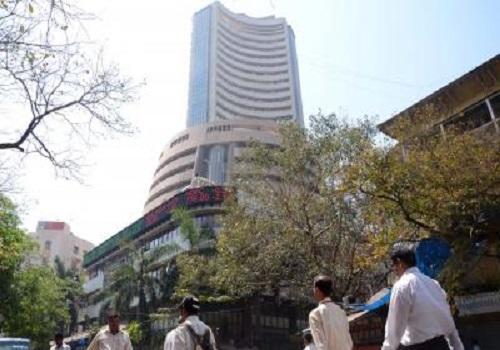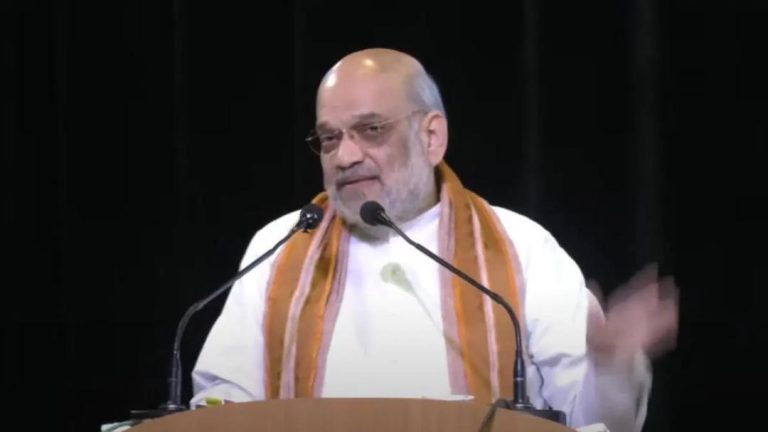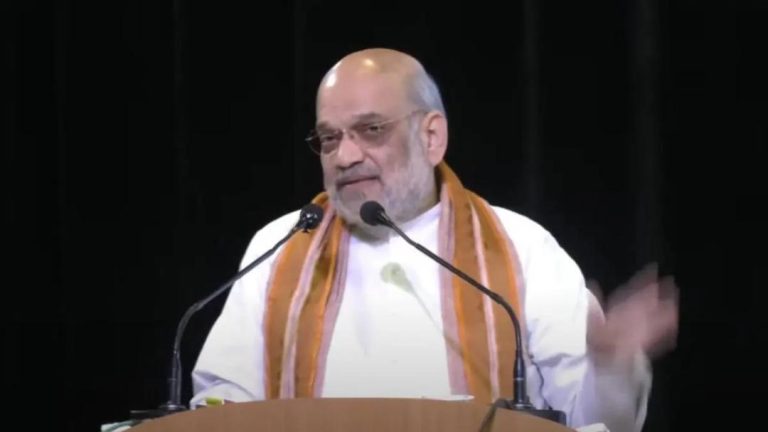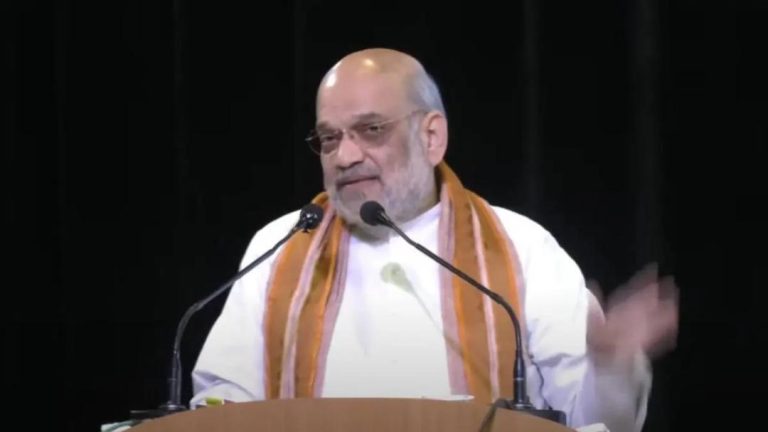
Market Recovery Driven by Positive Global & Domestic Cues: Experts
After three consecutive weeks of losses, the Indian stock market made a strong comeback, closing the week with gains of nearly 2 per cent. This sudden turnaround has left many investors and analysts wondering what triggered this reversal. According to market watchers, among the key drivers of this recovery is the global sentiment, which improved following reports of a delay in US tariffs and the possibility of further negotiations, which helped stabilize financial markets.
Additionally, domestic cues also played a significant role in the market’s recovery. The Indian economy, which has been facing headwinds in recent times, showed signs of stability, with the Purchasing Managers’ Index (PMI) rising to 52.7 in March, indicating a growth in the manufacturing sector. This positivity was further reinforced by the Reserve Bank of India’s (RBI) decision to keep interest rates unchanged, which boosted investor confidence.
The Indian stock market’s recovery was led by the benchmark Sensex, which gained 1.94 per cent to close at 38,905. The broader Nifty50 index also surged 1.83 per cent to end at 11,614. The mid-cap and small-cap indices also witnessed significant gains, with the BSE MidCap index rising 2.14 per cent and the BSE SmallCap index gaining 2.45 per cent.
The positive global cues were a major factor in the market’s recovery. The delay in US tariffs, which was announced last week, helped to ease concerns over a potential trade war between the US and China. This, in turn, led to a stabilisation of financial markets, which had been volatile in recent times. The US Federal Reserve also indicated that it would not be raising interest rates anytime soon, which further boosted investor sentiment.
In addition to global factors, domestic cues also played a crucial role in the market’s recovery. The Indian economy, which has been facing challenges in recent times, showed signs of stability, with the PMI rising to 52.7 in March. This indicates a growth in the manufacturing sector, which is a significant contributor to the country’s GDP.
Another positive development was the RBI’s decision to keep interest rates unchanged. This decision was widely expected, and it helped to boost investor confidence. The RBI’s decision to maintain interest rates at the current level was seen as a positive sign, as it indicates that the central bank is optimistic about the economy’s growth prospects.
The market’s recovery was also led by several individual stocks, which witnessed significant gains. The IT sector, in particular, was a major beneficiary of the market’s recovery, with stocks such as Infosys, TCS, and HCL Technologies gaining significantly. The BFSI (Banking, Financial Services, and Insurance) sector also witnessed significant gains, with stocks such as HDFC, ICICI Bank, and Axis Bank rising sharply.
The market’s recovery was also driven by a significant improvement in trading volumes. The average daily trading volume on the BSE and NSE rose significantly, indicating a surge in investor participation. This is a positive sign, as it indicates that investors are becoming more confident in the market and are willing to take on more risk.
In conclusion, the Indian stock market’s recovery was driven by a combination of positive global and domestic cues. The delay in US tariffs, the possibility of further negotiations, and the stabilisation of financial markets all contributed to the market’s recovery. Additionally, domestic cues such as the PMI’s rise, the RBI’s decision to keep interest rates unchanged, and the improvement in trading volumes all played a significant role in the market’s recovery.
As we move forward, it is essential to maintain a positive approach and focus on the underlying fundamentals of the market. The Indian economy is expected to continue its growth trajectory, and the market is likely to remain resilient in the face of challenges. Therefore, investors should continue to maintain their exposure to the market and take advantage of the opportunities that arise.






